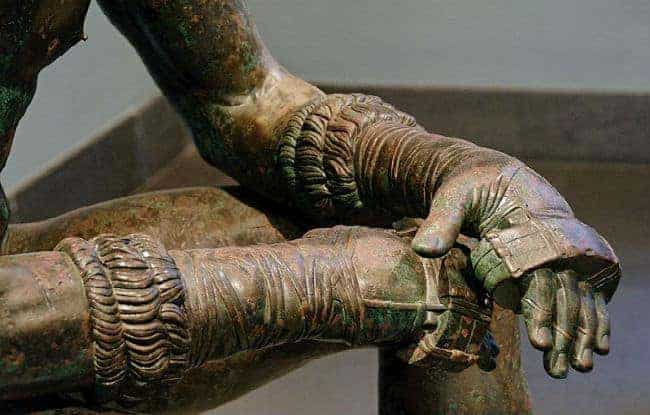When you hear the words “Ancient Greece” what do you usually think about? Does your mind wander to the very first Olympics? Maybe it recalls the mythology of the Greek gods? Could it be Socrates, Plato and Aristotle that you think about as Greece is the motherland of philosophy? Alexander the Great and the spread of Greek culture through his vast empire? It might even remind you of ancient Greece’s role in the development of democracy. It’s true that there are many things we would not have today if it wasn’t for ancient Greece.
By taking a simple look at the world map today you would never believe that Greece, which is nothing but a small country, currently known as a beautiful tourist destination in southern Europe, had once dominated, influenced and colonized many parts of modern Europe, the Middle East, Asia, and Africa. Despite many people being aware that Greece is without a doubt one of the most significant and influential nations of all time with amazing contributions to human culture, it seems that very few are aware of how advanced the ancient Greeks were on a technological level as well. A number of inventions and discoveries on technological field are attributed to them, even though some of them have been improved throughout the centuries. The ancient Greeks, however, were too amazing to be true, even by modern standards and the following list proves that in a triumphant way.

Central Heating Didn’t Cost a Thing in Ancient Greece
A few years ago, Russian president Putin bluffed that he would cut off Europe’s gas and the European leaders almost fell to their knees out of fear, ready to beg so they would not freeze to death during the winter. The ancient Greeks, however, would just give the middle finger to anyone who would make such a threat since their heating wasn’t based on gas, oil, or electricity and most importantly didn’t cost them anything. Before the Romans came up with the hypocaust system, the Greeks, specifically the Minoans, first placed pipes under the floors in their homes through which they passed warm water to keep the rooms and floors warm in the winter.
For this reason they usually built their homes in a way so that the tile floors were supported by cylindrical pillars, creating a space beneath the floor where hot vapors from a central fire could circulate and spread through flues in the walls. Central heating was the first truly reliable source of heat in antiquity and protected the Greeks from various diseases such as the common cold, hypothermia and freezing to death. The first known use of central heating was in the Temple of Artemis in the Greek city-state of Ephesus, which was also one of the seven ancient wonders of the world. Another notable system of centralized heating was discovered in Olympia (motherland of the Olympics) and was a bath house.

